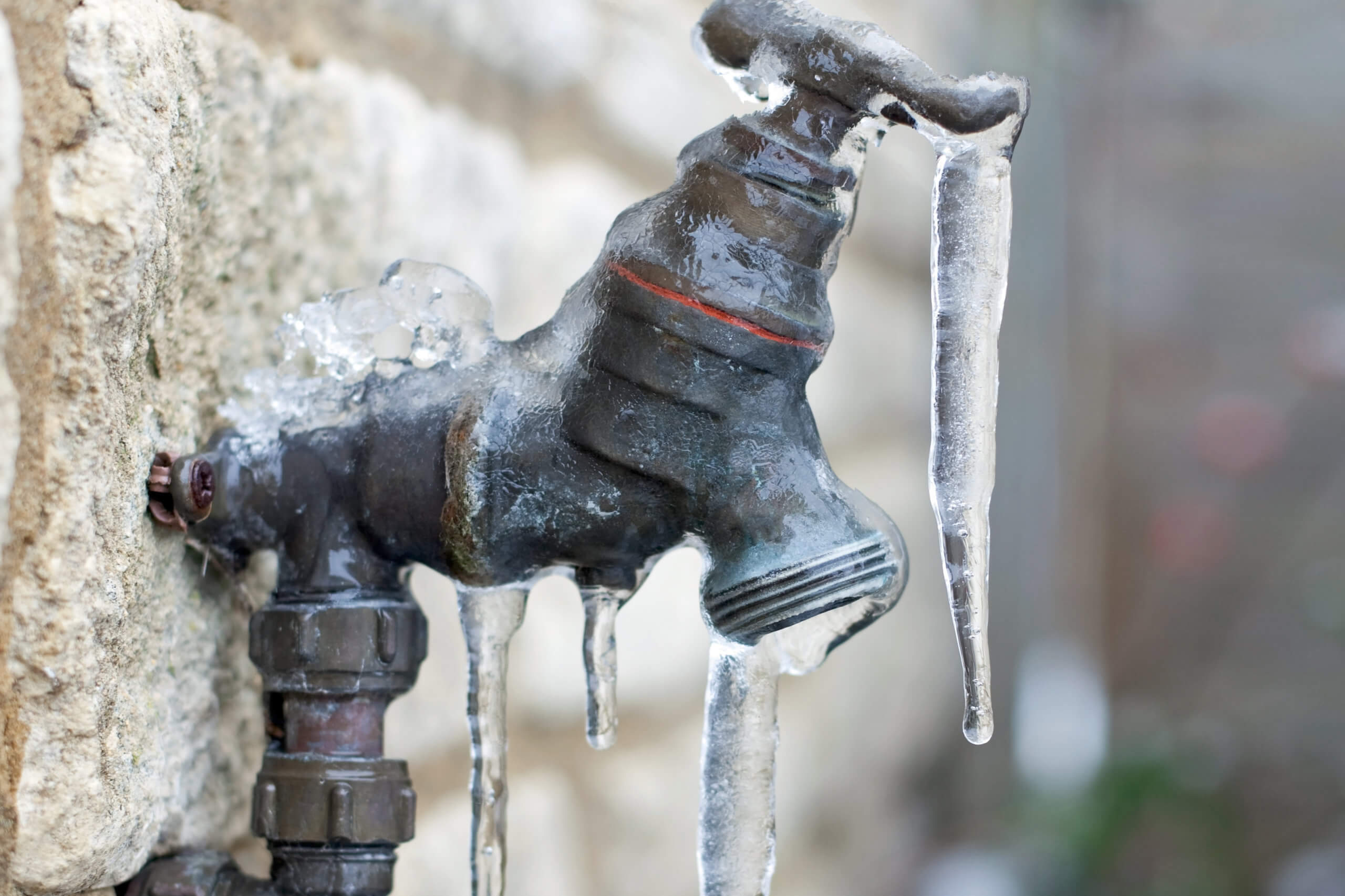Tips to Avoid Frozen Pipes in Winter: Professional Tips
Tips to Avoid Frozen Pipes in Winter: Professional Tips
Blog Article
This great article down the page in relation to Winter Plumbing Precautions: Preventing Frozen Pipes is incredibly fascinating. You should take a look.

Cold weather can wreak havoc on your plumbing, particularly by freezing pipes. Here's how to avoid it from happening and what to do if it does.
Introduction
As temperature levels decline, the danger of icy pipes increases, potentially leading to pricey repair work and water damages. Recognizing exactly how to prevent icy pipes is essential for homeowners in cool climates.
Avoidance Tips
Protecting prone pipes
Cover pipes in insulation sleeves or utilize heat tape to secure them from freezing temperatures. Concentrate on pipes in unheated or outside areas of the home.
Home heating strategies
Keep interior areas sufficiently heated, especially areas with pipes. Open up closet doors to allow warm air to distribute around pipelines under sinks.
How to identify frozen pipelines
Look for reduced water circulation from taps, uncommon smells or noises from pipes, and visible frost on subjected pipes.
Long-Term Solutions
Structural changes
Consider rerouting pipelines far from outside wall surfaces or unheated locations. Add extra insulation to attic rooms, cellars, and crawl spaces.
Updating insulation
Purchase high-quality insulation for pipes, attic rooms, and wall surfaces. Appropriate insulation helps preserve consistent temperatures and lowers the danger of frozen pipelines.
Securing Outside Plumbing
Yard hose pipes and outdoor taps
Disconnect and drain pipes garden tubes before winter months. Set up frost-proof faucets or cover outdoor taps with insulated caps.
Comprehending Icy Pipes
What triggers pipelines to ice up?
Pipes freeze when subjected to temperature levels below 32 ° F (0 ° C) for extended durations. As water inside the pipelines freezes, it broadens, putting pressure on the pipe walls and possibly causing them to burst.
Threats and problems
Frozen pipelines can lead to water supply interruptions, residential or commercial property damage, and costly fixings. Ruptured pipelines can flooding homes and trigger substantial architectural damage.
Indications of Frozen Pipeline
Determining frozen pipes early can stop them from breaking.
What to Do If Your Pipelines Freeze
Immediate actions to take
If you suspect icy pipelines, keep taps open up to eliminate pressure as the ice thaws. Utilize a hairdryer or towels soaked in warm water to thaw pipes gradually.
Final thought
Preventing icy pipes calls for positive actions and fast responses. By recognizing the causes, indications, and safety nets, property owners can shield their plumbing throughout winter.
5 Ways to Prevent Frozen Pipes
Drain Outdoor Faucets and Disconnect Hoses
First, close the shut-off valve that controls the flow of water in the pipe to your outdoor faucet. Then, head outside to disconnect and drain your hose and open the outdoor faucet to allow the water to completely drain out of the line. Turn off the faucet when done. Finally, head back to the shut-off valve and drain the remaining water inside the pipe into a bucket or container. Additionally, if you have a home irrigation system, you should consider hiring an expert to clear the system of water each year.
Insulate Pipes
One of the best and most cost-effective methods for preventing frozen water pipes is to wrap your pipes with insulation. This is especially important for areas in your home that aren’t exposed to heat, such as an attic. We suggest using foam sleeves, which can typically be found at your local hardware store.
Keep Heat Running at 65
Your pipes are located inside your walls, and the temperature there is much colder than the rest of the house. To prevent your pipes from freezing, The Insurance Information Institute suggests that you keep your home heated to at least 65 degrees, even when traveling. You may want to invest in smart devices that can keep an eye on the temperature in your home while you’re away.
Leave Water Dripping
Moving water — even a small trickle — can prevent ice from forming inside your pipes. When freezing temps are imminent, start a drip of water from all faucets that serve exposed pipes. Leaving a few faucets running will also help relieve pressure inside the pipes and help prevent a rupture if the water inside freezes.
Open Cupboard Doors
Warm your kitchen and bathroom pipes by opening cupboards and vanities. You should also leave your interior doors ajar to help warm air circulate evenly throughout your home.

I am just very involved in How To Avoid Freezing Pipes and I'm hoping you appreciated the new blog entry. Sharing is good. Helping others is fun. I recognize the value of your readership.
Request An Appointment Report this page